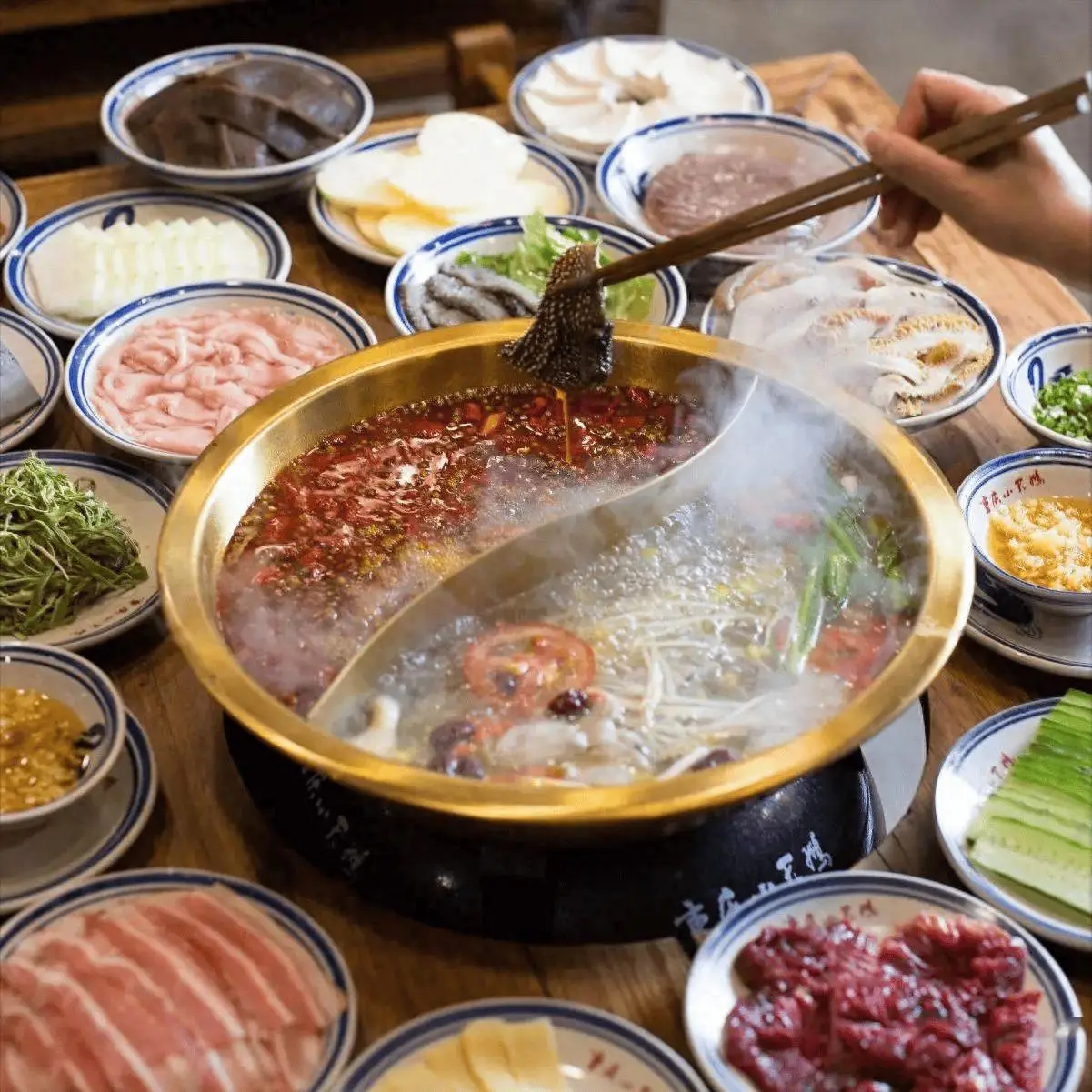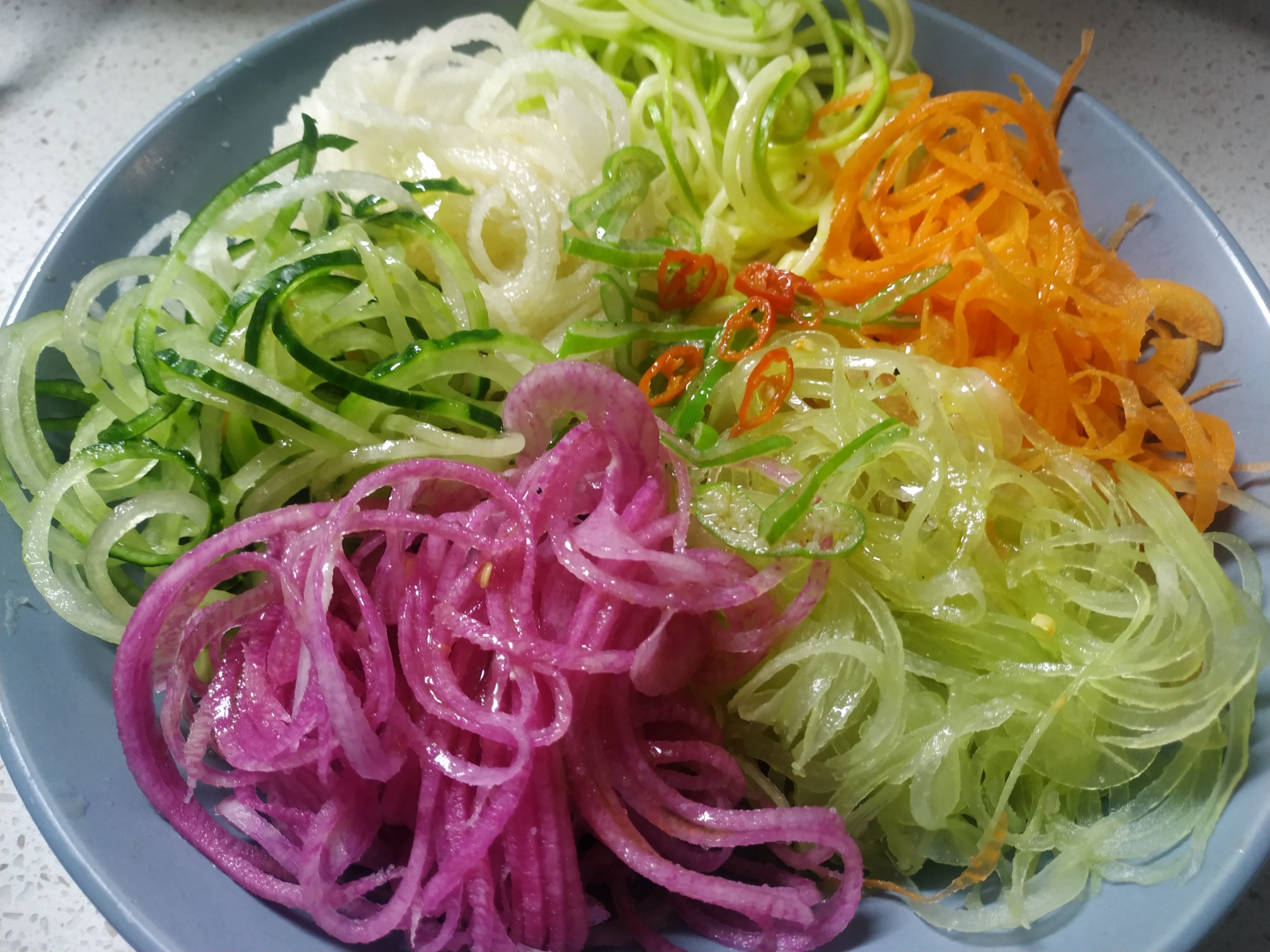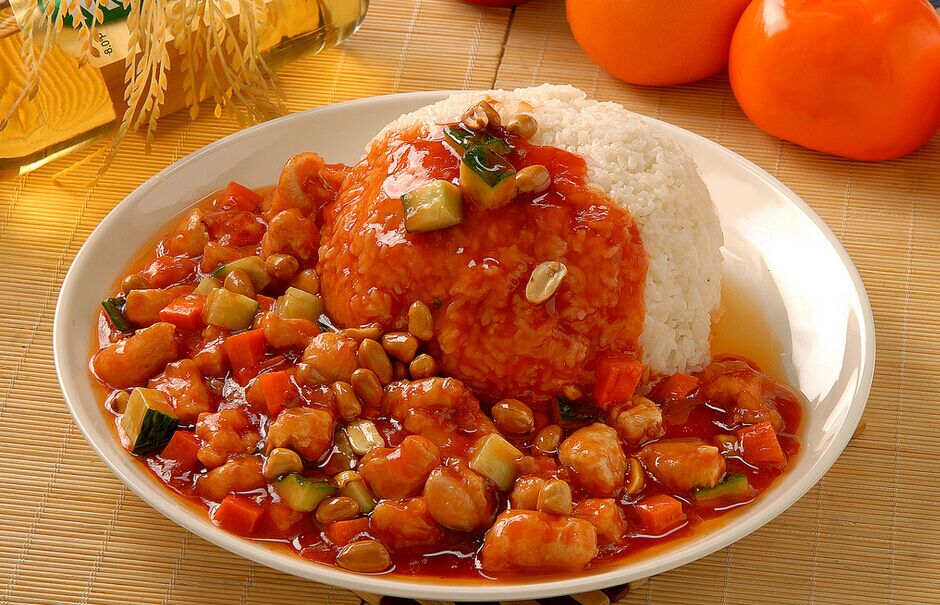Hot pot (火锅, huǒ guō) is more than just a meal; it’s a social dining experience that has brought Chinese families and friends together for over 1,000 years. This communal cooking method, where diners gather around a simmering pot of broth to cook their own ingredients, represents the essence of Chinese dining culture.
Historical Origins
The earliest form of hot pot can be traced back to the Han Dynasty (206 BC - 220 AD). Originally, it was a way for workers to warm themselves and share a meal during cold winter months. Bronze vessels from this period show evidence of communal cooking similar to modern hot pot.
Cultural Significance
Family Unity
- Traditional symbol of reunion
- Center of festival celebrations
- Encourages communication and sharing
Regional Variations
- Sichuan Hot Pot
- Known for numbing-spicy broth
- Represents bold Sichuan character
- Cantonese Hot Pot
- Fresh seafood focus
- Emphasizes original flavors
“In Chinese culture, the circular hot pot symbolizes unity and completeness, while the shared act of cooking represents harmony within the family or group.”
Modern Evolution
Today’s hot pot has evolved to include:
- International fusion styles
- Luxury ingredients
- High-tech equipment
Yet it maintains its core value: bringing people together through food.

 Master the Art of Julienning Meat: Essential Chinese Cooking Technique
Master the Art of Julienning Meat: Essential Chinese Cooking Technique